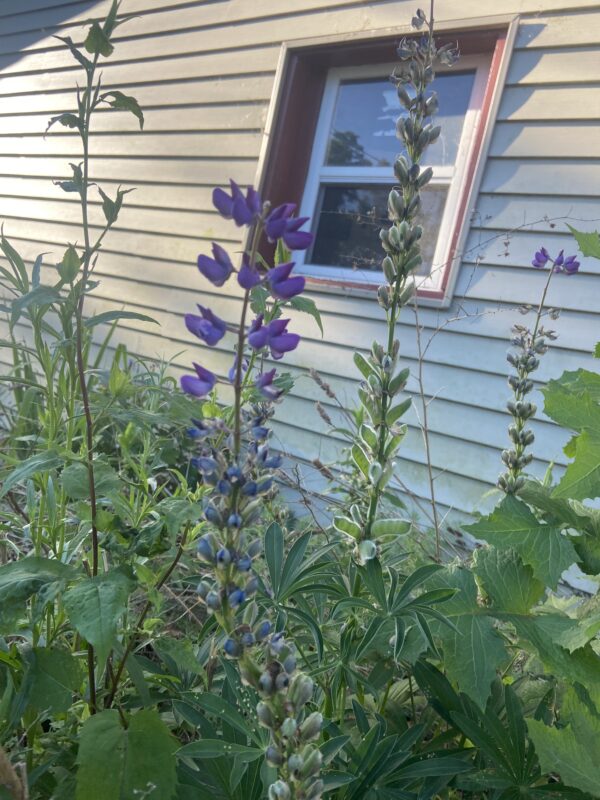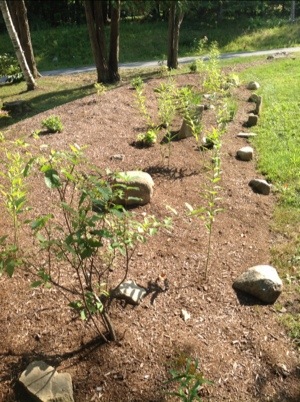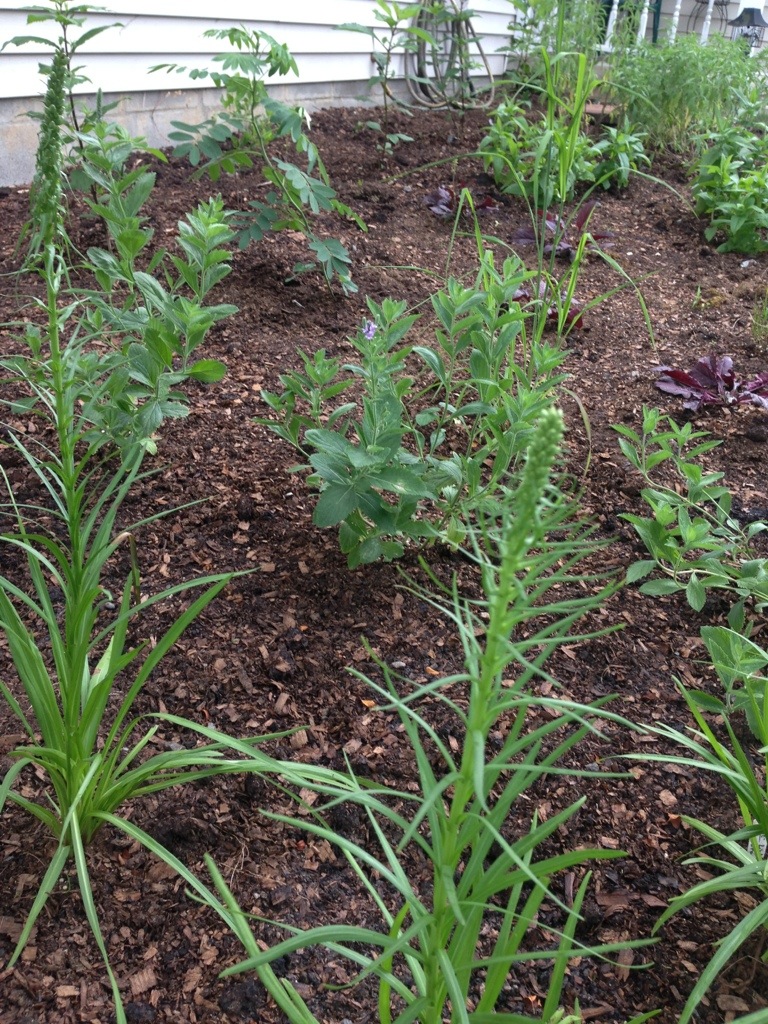The Plight of the Blue Lupine in the Northeast
Blue Lupine.

In the realm of native plant conservation, good intentions can sometimes lead to unintended consequences. The Blue Lupine (Lupinus perennis), a beautiful and vital native species in the northeastern United States, has faced significant challenges in recent years. A mix of enthusiasm for native gardening and a lack of precise knowledge has led to the widespread planting of the wrong species, causing havoc for local ecosystems. This story highlights the importance of informed ecological practices and the unexpected impacts of well-meaning actions.
The Blue Lupine: A Native Treasure
Lupinus perennis is a striking perennial that plays a crucial role in northeastern ecosystems. It is a key species for the survival of the endangered Karner blue butterfly, whose larvae feed exclusively on Blue Lupine leaves. The plant thrives in well-drained, sandy soils and open, sunny habitats, often found in pine barrens and oak savannas.
The Miss Rumphius Effect
The children’s book “Miss Rumphius” by Barbara Cooney tells the charming story of a woman who travels the world and plants Lupine seeds to beautify her surroundings. Inspired by this tale, many nature enthusiasts in New York and New England began spreading Lupine seeds in an effort to emulate Miss Rumphius and contribute to the beauty and biodiversity of their local areas. Unfortunately, most of these well-intentioned individuals were unaware that the Lupine seeds they were spreading were not the native Blue Lupine but rather the European Lupine (Lupinus polyphyllus).
The European Lupine Invasion
The European Lupine, while visually similar to Lupinus perennis, is a different species with distinct ecological impacts. Originally introduced as an ornamental plant, it has become invasive in many parts of the United States. European Lupine spreads rapidly and aggressively, often outcompeting native vegetation and altering soil composition. This has led to the displacement of the native Blue Lupine and other native species, disrupting local ecosystems and threatening biodiversity.
Consequences for Local Ecosystems
The introduction of European Lupine into native habitats has had several negative consequences:
- Competition: European Lupine competes with native plants, including the Blue Lupine, for resources such as light, water, and nutrients.
- Habitat Alteration: The invasive species can change the structure and composition of habitats, making them less suitable for native plants and animals.
- Impact on Pollinators: Unquestionably, the European Lupine does not provide the same ecological benefits as the native Blue Lupine. For instance, it does not support the Karner blue butterfly, which relies exclusively on the Blue Lupine.
Karner Blue butterflies need the Blue Lupine hostplant for every aspect of their lifecycle. The adults lay their eggs on the plants. The larvae and caterpillars eat Blue Lupine foliage exclusively- and so it is critical that NY gardens incorporate this keystone habitat species. The adults also gather nectar from the beautiful blue-ish purple cone-shaped flowers. Certainly, native plant species will occur naturally in the wild. Undoubtedly, the best way to grow Blue Lupine at home is to purchase some seed from a vetted source vendor. Because purchasing live plants is likely to result in dead plants due to the native Lupine’s fussy taproot habit.
Lessons Learned and Moving Forward
Without a doubt, the story of the Blue Lupine and its struggles in the northeast underscores the importance of informed and responsible ecological practices. Enthusiasm for native planting is commendable, but it must be paired with accurate knowledge and careful planning. Basically, real plant literacy skills are important to develop. With this in mind, interpreting what you’re actually looking at in the landscape is something everyone used to be able to do 100 years ago. Here are some steps we can take to avoid similar issues in the future:
- Education: Increasing public awareness about the importance of using true native species in gardening and restoration projects.
- Seed Sourcing: Ensuring that seeds come from reputable sources that specialize in native plants.
- Collaboration: Working with local conservation groups and native plant societies to promote best practices in planting and habitat restoration.
The Jessecology Wildflower Seed Harvest Collection:
Check out the seed vault right here. Current selection may or may not include Lupinus perennis.




Comments are closed.